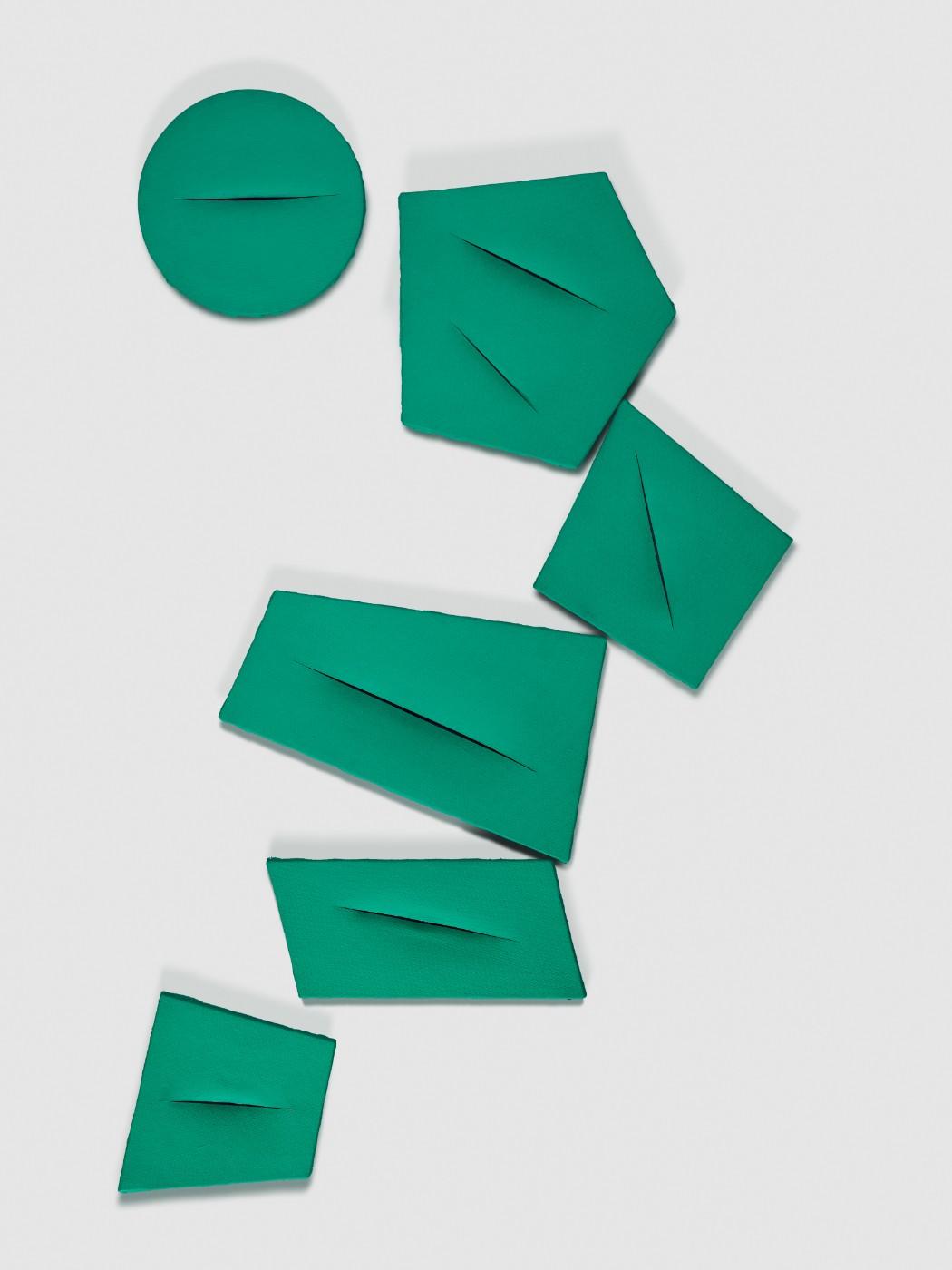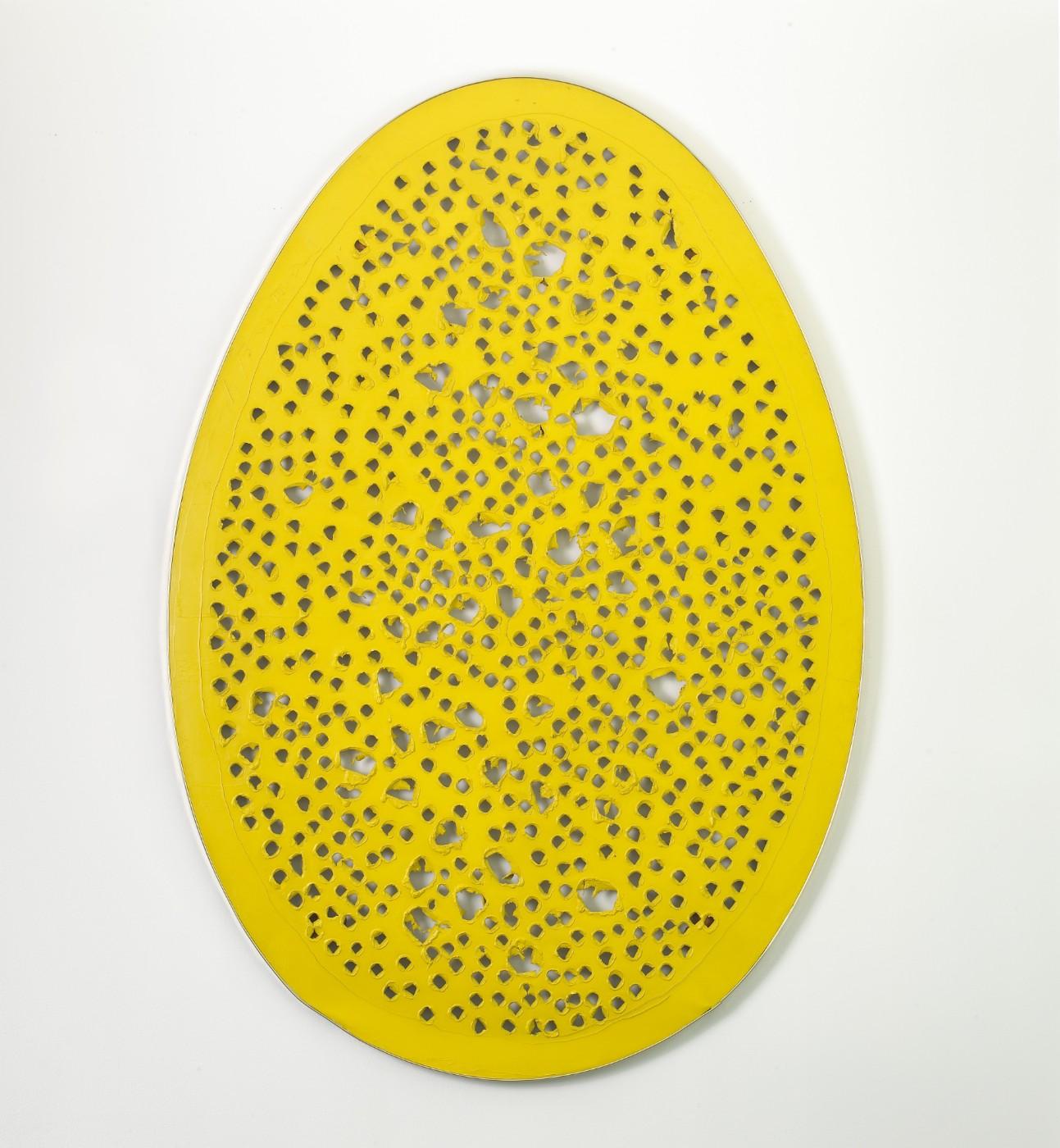Examining four decades of sculptures, ceramics, paintings, drawings, and environments made between 1931 and 1968, On the Threshold shows that Fontana’s interest in making art a dynamic, immersive experience was present throughout his career, and that he found a variety of ways to express this concept.
“Fontana radically expanded the picture plane into a third dimension. His groundbreaking approach represents a seismic moment for 20th- century art, transforming paintings, sculptures, and objects into new concepts of space and experimental environments,” said Max Hollein, Director of The Met. “A witness to the historical, cultural, and technological developments that defined the postwar period, his work reflects the influence of a wide range of styles from art history and an irreverence towards hierarchies and conventions.”
































